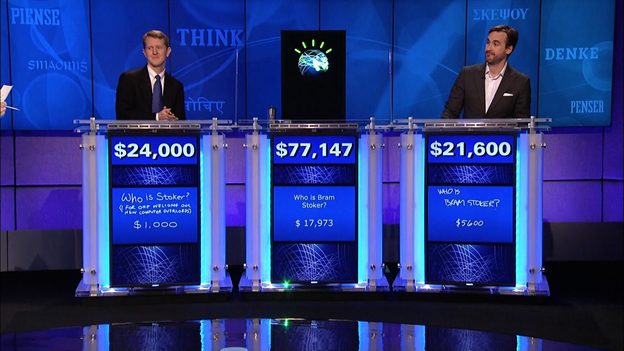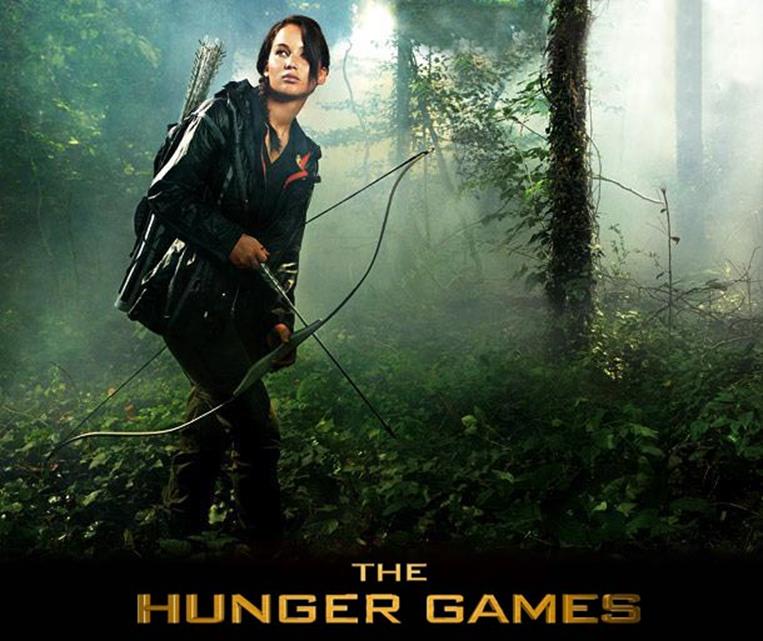How Much is the Mockingjay Pin Worth?
March 19, 2012 in Snips

The Mockingjay pin that Katniss is given has played a prominent role in the film’s marketing. The pin itself is made of solid gold and Katniss states that “the pin could keep a family in bread for a month.” How does that translate into dollar terms?
We’ve previously argued that the levels of poverty seen in Panem are likely similar to those seen in Brazil. Brazilians spend about 25% of their income on food. Brazil has a PPP-Adjusted GDP per Capita of $11,800. So Brazilians make $983 in a month and spend $245.75 of it on food. Therefore the pin is worth about $250.
With some mathematics then we can estimate how much the pin weighs. The price of gold has become a little crazy recently, what with the entire western world on the brink of an apocalyptic collapse. Back in the sunnier days of 2005 when the biggest things we had to worry about were a nuclear capable North Korea, an irritating house guest named Katrina, and a (possibly dystopian) future where face transplants became the norm, gold was worth $512 a troy ounce (about 31.1 grams). Therefore Katniss’ $250 pin weighs around 15 grams.









Join the Discussion! (No Signup Required)